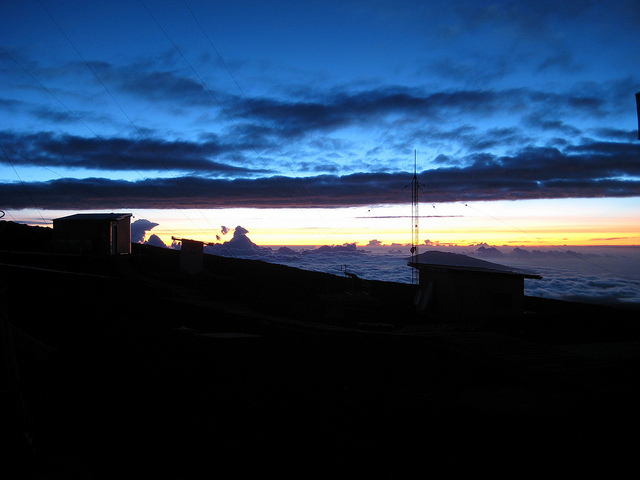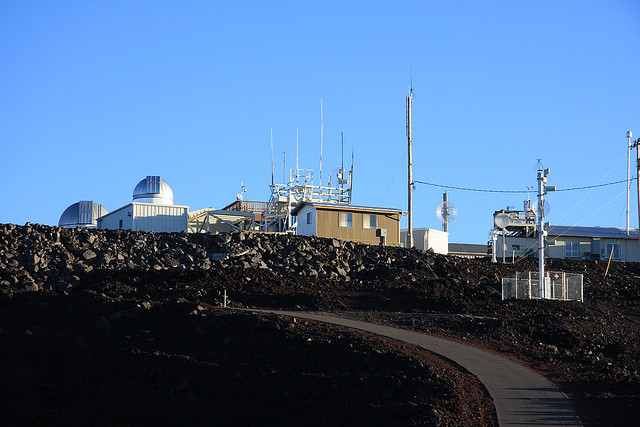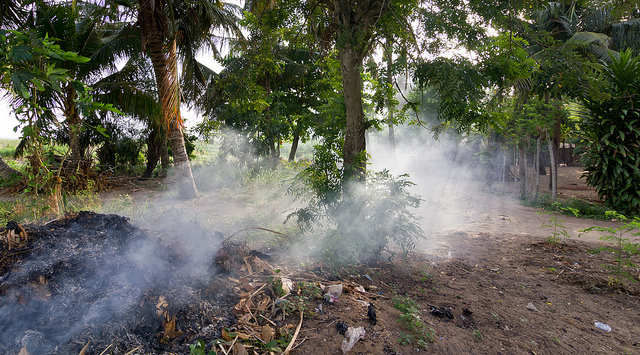Search Results for Tag: atmosphere
Pollution by burning trash – #numberoftheweek: 41
More than 40 percent of the garbage that we produce is burned unregulated, estimates a new study led by the National Centre for Atomspheric Research. These fires are responsible for blowing gases and particles into the atmosphere. You can guess that this is not exactly healthy, neither for humans nor the climate.
How did the researches manage do collect the data? They could hardly visit every open fire around the globe to measure the influence of it’s smoke.
Instead they compared population figures and per capita waste production with official tallies of trash disposal for each country in the world. The result is that 1.1 billion tons, or 41 percent, of the total waste generated worldwide is disposed of through unregulated burning every year: our #numberoftheweek.
The study also offers the opportunity to check if your country is among the biggest polluters. If you are living in China, the United States, India, Japan, Brazil, and Germany you belong to the top waste producers worldwide. But if you call China, India, Brazil, Mexico, Pakistan, and Turkey home, your nation belongs to the greatest emitters of pollution from trash burning.
Live like millions of years ago?

CO2 levels are measured on Mauna Loa volcano as the air is of very good (clear) quality up here (Photo: LCDR Eric Johnson, NOAA Corps)
You might not have realized it, but last Friday something quite historical happened: For the first time since the Pliocene (about five to three million years ago) CO2 concentration in the atmosphere crossed the 400 parts-per-million limit. The last time that much carbon dioxide was in the atmosphere, the Arctic was ice-free, the Sahara desert was a savanna and the sea level was 40 meters above today’s level.

NOAA’s observatories on dead Mauna Loa volcano, Hawaii, where atmospheric CO2 levels are monitored (CC BY SA 2.0: sharloch)
Measuring this carbon level is kind of a family business: More than 50 years ago, Charles Keeling started measurements on the dead Mauna Loa volcano, where air quality is very good. Back then, in 1958, CO2 concentration was around 315 ppm – compared to 280 ppm on preindustrial level. Today, his son Ralph Keeling continues the measurements.
The overall trend is increasing, though CO2 levels fluctuate periodically from winter to summer season, when plants naturally fix more carbon dioxide due to leaf growth. Scientists attribute this overall increase to anthropogenic CO2 emissions – mainly from burning fossil fuels.
Within the last ten years, CO2 concentration has risen by two ppm per year. If the world continues emitting carbon at this pace, the next important threshold is not far away (german link). CO2 concentration may not rise upon 445 ppm CO2 (445 molecules of carbon dioxide in one million molecules) if the two degree target is to be met, scientists of the Intergovernmental Panel on Climate Change (IPCC) say.
Air travel hurts our climate – in degrees…
 Atmosfair have published the first airline climate index ranking international air carriers according to CO2 emissions per flight kilometer and passenger. Taking into account factors like seating capacity per plane (the higher, the better for CO2 efficiency), load factor and aircraft types in use, the ranking offers surprising insights: No airline qualifies for the top two efficiency classes. And even then the highest ranks are occupied by any but the major carriers. Two charter airlines from the UK and Germany lead the pack, with the first major airline (carrying more than 20 million passengers a year), Korean Air, coming in at 20th place.
Atmosfair have published the first airline climate index ranking international air carriers according to CO2 emissions per flight kilometer and passenger. Taking into account factors like seating capacity per plane (the higher, the better for CO2 efficiency), load factor and aircraft types in use, the ranking offers surprising insights: No airline qualifies for the top two efficiency classes. And even then the highest ranks are occupied by any but the major carriers. Two charter airlines from the UK and Germany lead the pack, with the first major airline (carrying more than 20 million passengers a year), Korean Air, coming in at 20th place.
Here's the link to the full airline index, plus another link to the document outlining atmosfair's methodology.





Feedback